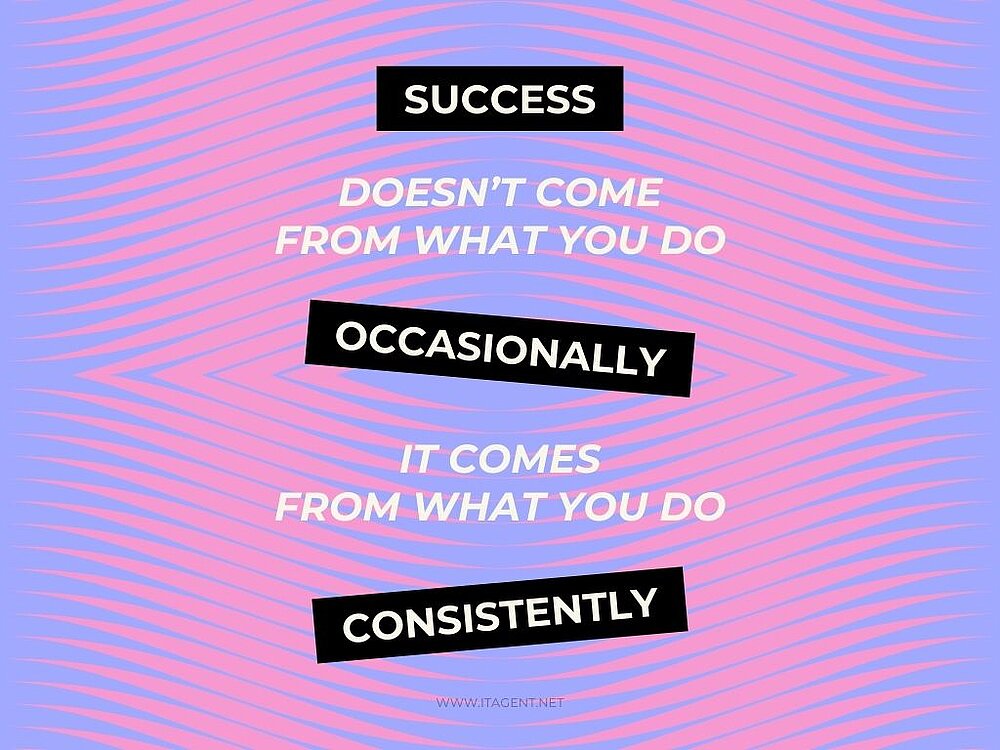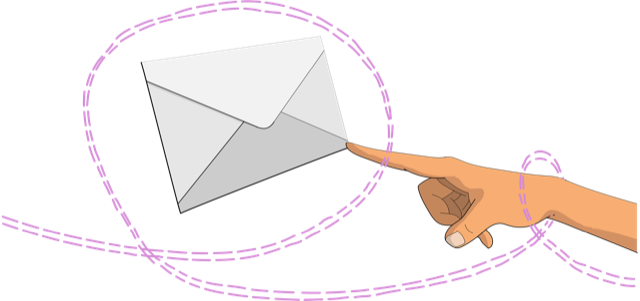Quality in Tech Product Life Cycle best practices.
Delivering high-quality tech products means ensuring performance, reliability, and user satisfaction. Here’s how to achieve it through recurring processes:
Establish Clear Quality Standards
Define quality in terms of functionality, performance, usability, and reliability.
Set measurable criteria and benchmarks.
Communicate standards to all team members and stakeholders.
Incorporate Quality into Design
Use best practices to create robust, scalable products.
Perform design reviews to catch issues early.
Include user feedback and usability testing.
Rigorous Testing Procedures
Develop a comprehensive testing strategy: unit, integration, system, and user acceptance testing.
Automate tests for consistency.
Conduct performance and load testing.
Continuous Integration and Deployment (CI/CD)
Use CI/CD pipelines for automating code integration, testing, and deployment.
Ensure code changes are automatically tested.
Quickly identify and address issues.
Code Reviews and Pair Programming
Implement code reviews to meet quality standards.
Encourage pair programming for knowledge sharing and early issue detection.
Monitor and Analyze Quality Metrics
Track key metrics: defect density, test coverage, code churn, and customer-reported issues.
Use static code analyzers, performance monitors, and error-tracking systems.
Regularly review metrics to identify trends and improvements.
Feedback Loops
Gather customer input on product quality and performance.
Use surveys, user testing, and support channels.
Integrate feedback into development and testing.
Continuous Improvement
Regularly review and refine quality processes.
Conduct post-mortems after major releases.
Encourage process improvement suggestions from team members.
Documentation and Training
Maintain up-to-date documentation for quality processes.
Provide training on quality assurance and testing techniques.
Encourage continuous education and skill development.
Risk Management
Identify and mitigate potential quality risks early.
Regularly review and update risk management plans.
Recurring Processes
Conduct regular quality audits.
Establish scheduled testing cycles.
Hold retrospective meetings to review processes.
Provide ongoing training and workshops.
Schedule regular customer feedback sessions to guide enhancements.

